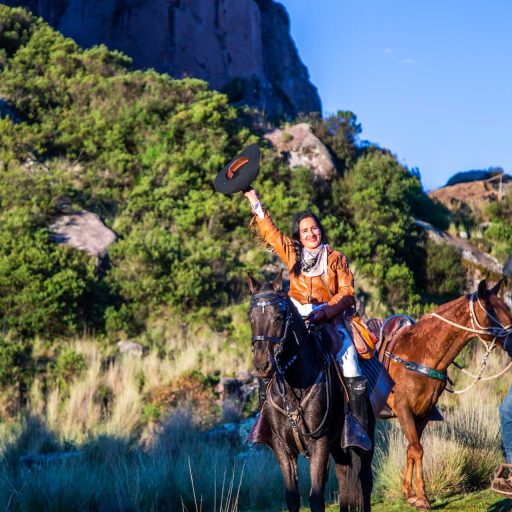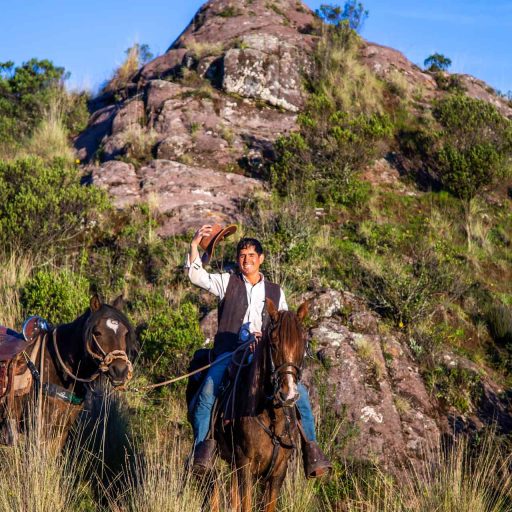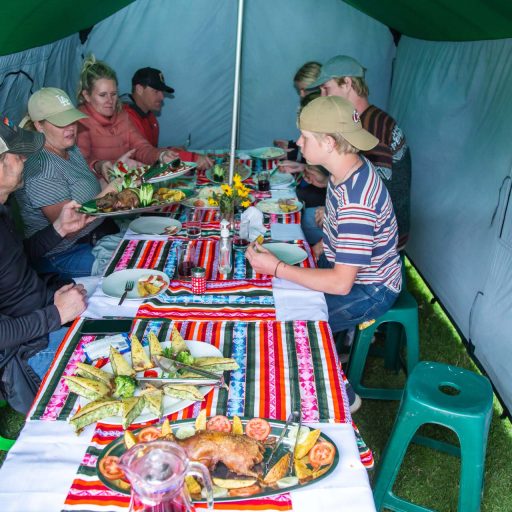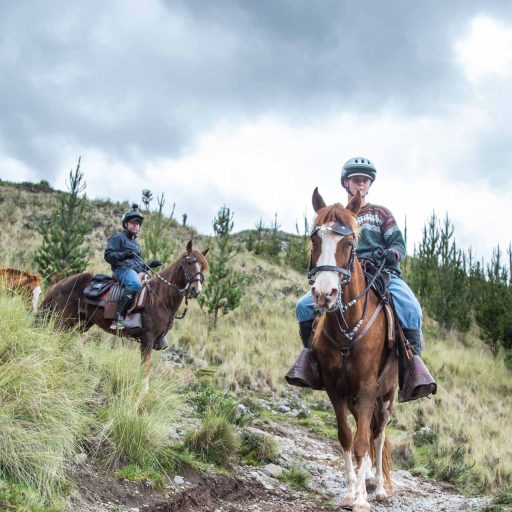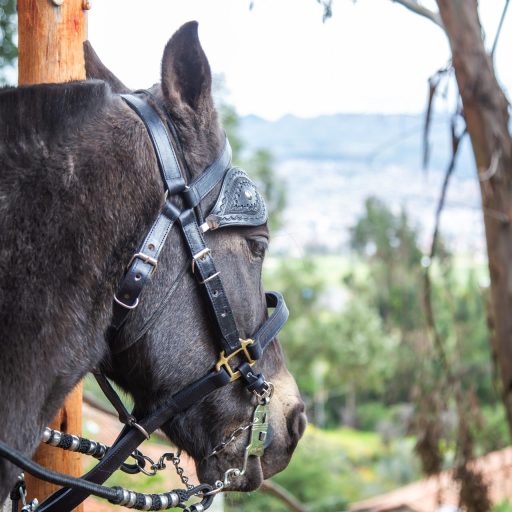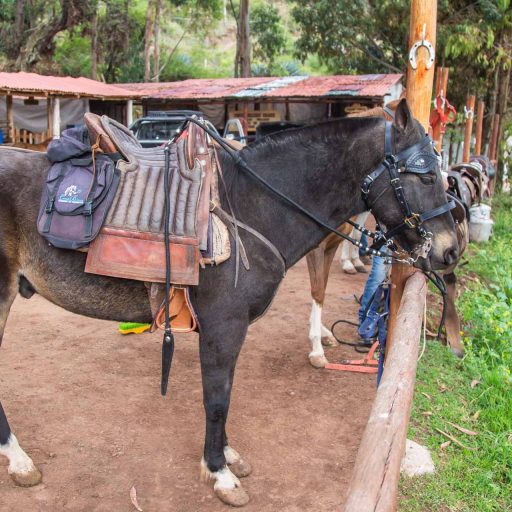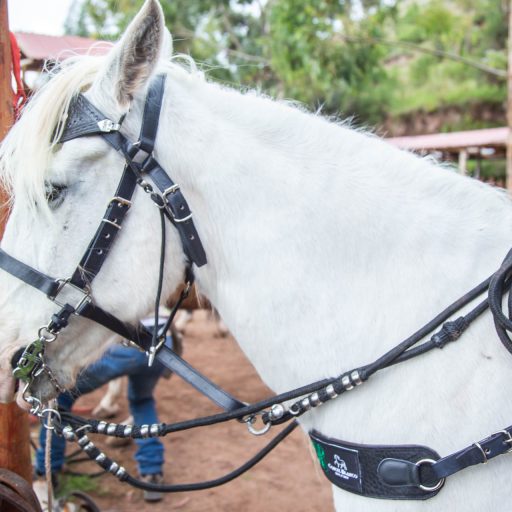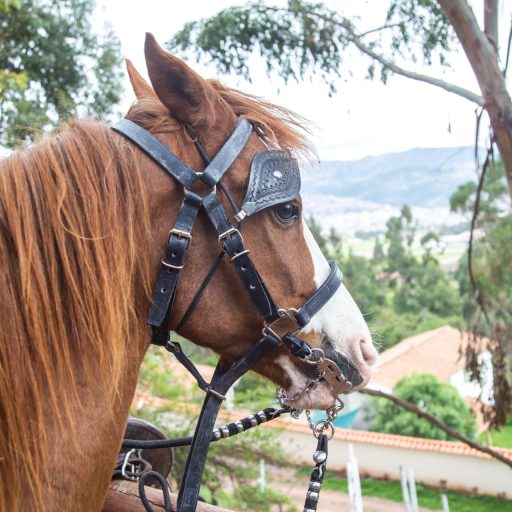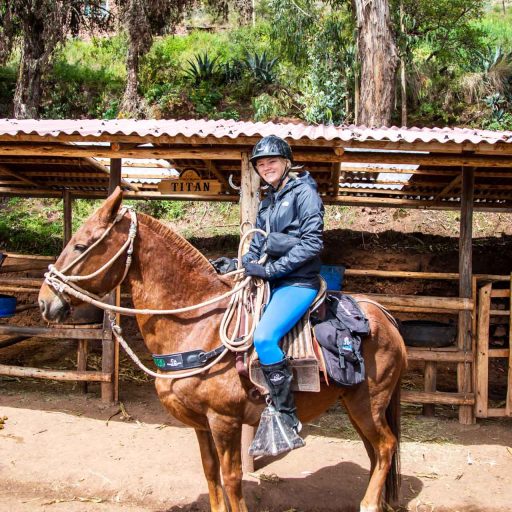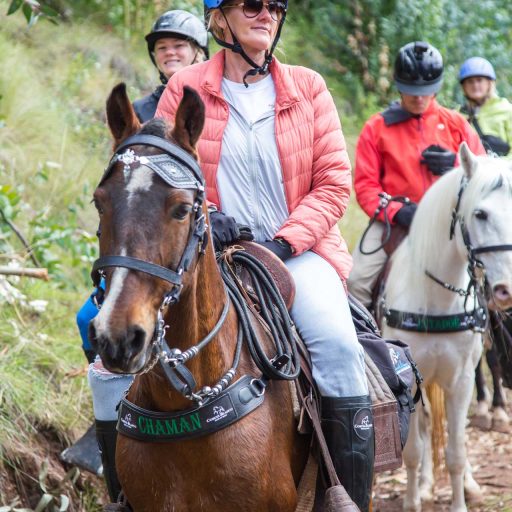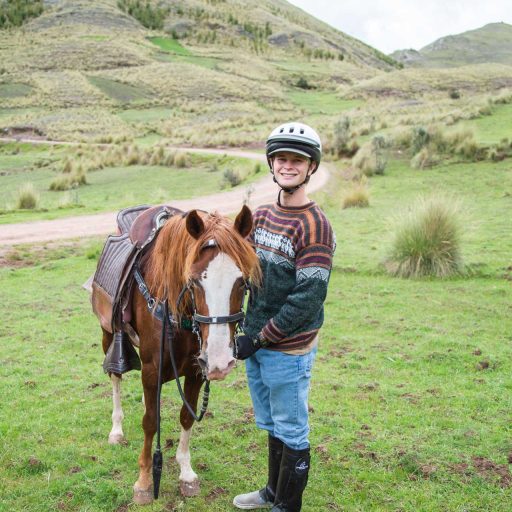Horseback Riding to the Archaeological Complex of Mauka Llaqta – Puma Orqo
Tipo de Tour
Horseback riding
Dificultad
Medium
Duracion
3D/2N
Edad Disponible
All ages
Altitude
3,600 meters / 11,811 feet
Distance
16 km / 9.941 miles
Travel time
Approximately 7 hours
Difficulty
Class I and II
Experience
Basic to intermediate
Do you fancy an adventure on horseback through the majestic landscapes of the Andes? Embark on an exhilarating journey to explore the archaeological wonders of Mauka Llaqta – Puma Orqo, nestled amidst the breathtaking scenery of the Sacred Valley of the Incas. Enjoy:
An exciting journey: Ride along ancient paths and witness panoramic views of the Sacred Valley.
History and archaeology: Discover the archaeological complex of Mauka Llaqta – Puma Orqo, an ancient Inca site with significant cultural and historical importance.
Guaranteed fun: Whether you’re a novice or experienced rider, our gentle horses and knowledgeable guides ensure a safe and enjoyable experience.
- Itinerario
- Places to visit
- Development of the program
- Incluye / No Incluye
- Recomendaciones
Itinerary
- 08:30 am: Pickup from the hotel
- 09:00 am: Visit to the stables, safety briefing, and horse riding instructions
- 09:30 am: Start of the horseback ride
- 11:00 am: Visit to the Inka Raccay archaeological remains
- 12:00 pm: Horseback ride and ascent to the Wanakaure mountain
- 01:30 pm: Box lunch and rest
- 02:00 pm: Return ride along the Ayar brothers' route
- 04:30 pm: End of the ride at the stables
- 05:00 pm: Transport back to your hotel
- 05:30 pm: End of services
Places to visit
History of the Archaeological Complex of Mauka Llaqta – Puma Orqo
The archaeological complex of Mauka Llaqta and Puma Orqo is considered the first imperial Inca construction. It is revered as sacred for being the origin place of the Inca culture, according to historian María Rostworowski, chronicler Juan de Betanzos, and historian Luis E. Valcarcel. The original name of this Inca town was Pacarectambo, which was destroyed primarily to search for treasures and seize them, and also to prevent the works of the Gentiles from surviving, as their exceptional quality humiliated the pride of the Christians.
After the invasion and destruction of the sanctuary, the town of San Pedro de Pacaritambo was founded – in the 16th century – ten kilometers from the original site, under new laws and a forced labor regime imposed on the inhabitants of all neighboring ayllus, compelling them to gather and stripping them of their homes and lands, to form the new Spanish-founded town.
The nearby Tambotoco caves were considered sacred for being the mythical origin place of the Incas or pacarina (in Quechua – place of dawn or origin). Because of this, Pachacutec Inca ordered the walls to be covered with gold sheets, a treasure that was plundered by the conquistadors, disappearing along with the Inca «religion».
The legend about the origin of the Inca lineage, which tells the epic of the four Ayar brothers and their wives, predates that of Manco Capac and Mama Ocllo and is more reliable because it is closer to Andean thought. This was collected, among others, by chronicler Juan de Betanzos in the year 1550 and rewritten in modern language by historian Luis E. Valcarcel.
Four men and four young women, sisters and wives at the same time, departed from the mountain called «Tampu Tocco». They were Ayar Manco and his wife Mama Ocllo; Ayar Cachi and Mama Cora; Ayar Uchu and Mama Rahua; and finally, Ayar Auca and his wife Mama Huaco. Seeing the state of the land and the poverty of the people, the four men decided to seek a more fertile and prosperous place to settle. They took their ayllus (ayllu – an organization that groups ten families) with them and advanced through the territory from south to north in a very slow migration that lasted more than twenty years, until they reached the valley that would later be called Qosqo. There they founded the city that, over the years, became the capital of the Tawantinsuyo.
Chronicler Juan de Betanzos and historian Luis E. Valcarcel, referring to Pacarectambo – Tamputoco, say the following: we categorically affirm that, in the Incan era, it was a city, with all the features of an urban center such as squares, streets, aqueducts, locations for the market, food deposits, religious centers, and artisan complexes, etc., according to its own urban planning norms, with the level of its techniques and its idiosyncrasy.
Development of the program
(Day 1) Cusco – Inca Rakay – Puna Cancha – Yaurisque
We will start our excursion by picking you up at your hotel and heading to our stable at Fundo Molleray, located 15 minutes from Cusco airport. We will introduce you to our horses and provide a safety briefing, explaining some details of the route during the journey.
Each client will have their own horse with personal equipment. We will familiarize ourselves with each specimen and, after a riding practice session, we will begin the horseback ride along a flat trail surrounded by crops such as corn, potato, barley, etc. We will descend to cross streams and a eucalyptus forest. Upon reaching the community of Wilcarpay, we will observe Andean-style houses and friendly people going about their daily tasks in their fields and tending to their livestock.
We will rest by a nearby stream and start the first ascent of about an hour along an Inca trail attributed to the Ayar brothers, until we reach the first archaeological site, Inka Raccay. Here, we will appreciate its limestone rock architecture and carved stones with up to eleven angles. We will continue the ride, crossing Inca quarries on a rocky mountain; noticing the change in ecological floors as we leave the valley and transition to traveling through the puna. Along these routes, you can observe a large number of eucalyptus forests and native trees such as chachacoma, queuña, chilca, ichu, and a variety of birds and flowers such as the red and yellow kantu. Already, the area with its hills and forests gives the sensation of being in contact with nature, with the sound of the river and the singing of birds. Sometimes we are lucky enough to encounter deer, Andean foxes, and vizcachas.
We will arrive at the Puna Cancha pass at 3932 meters above sea level or 12,900 feet. Continuing the journey, we will reach the community of Puna Cancha where we will have our lunch and rest. We will visit some native families in the area who will show us their homes and share their way of life and part of their culture with us. After saying goodbye to these friends, we will resume the ride along a slightly steep trail until we reach the Llaully Qasa pass. From here, we can observe the Andean mountains and landscapes, and we will descend along a preserved Inca path from the time of the Ayar brothers.
After about two hours, we will reach the district of Yaurisque, a picturesque village that preserves its customs and traditions. We will arrive at the camping area near the hot springs, where we will have dinner and rest, enjoying dinner by a bonfire while recounting our first day of horseback adventure.
Schedule and Instructions for the Next Day and Overnight:
- 08:30 am Hotel pickup
- 09:00 am Visit to the stable, safety briefing, and horse handling
- 09:30 am Start of horseback riding
- 11:00 am Visit to the archaeological remains of Inka Raccay
- 01:00 pm Buffet lunch and rest
- 02:00 pm Visit to families in the community of Puna Cancha
- 02:30 pm Horseback riding to the Llaully Qasa pass
- 03:30 pm Horseback riding to the district of Yaurisque and the hot springs
- 05:30 pm Rest and accommodation at the campsite
- 06:30 pm Buffet dinner
(Day 2) Yaurisque – Cusibamba – Taray – Huayna Cancha – Maukallaqta
After resting on our first night, we will prepare for a new day of adventure and start with an Inca-style breakfast. Our staff will have our horses and equipment ready to continue the adventure. Departing from the town of Yaurisque, we will ride along a trail next to a small river and pass through small villages such as Cusibamba and Taray, finally arriving at the former hacienda of Huaynacancha, where, according to history, Manco Capac and his wife, Mama Ocllo, lived for a while while she was pregnant, and they had their first son, Sinchi Roca, in Tambuqui, a small Inca construction that still exists.
We will make a short stop on the way at Huaynacancha to learn about the history of the Ayar brothers, then continue uphill along a steep trail. After an hour, we will reach the plateau where we can appreciate the majestic first Inca construction: MAUKALLAQTA. We will take a short break and while relaxing our legs and rehydrating, we can contemplate this Inca city from our campsite.
After lunch, accompanied by our guide, we will visit the site, walking through its urbanized streets, its square, temples, water sources, and ceremonial places. After the tour, we will have free time to explore and admire this wonderful work that, despite being destroyed, still preserves its impressive architecture. After the visit, we will settle into our campsite and enjoy a great dinner, a bonfire night, and overnight stay.
Schedule:
- 06:30 am Wake-up
- 07:00 am Breakfast
- 08:00 am Start of horseback riding
- 10:30 am Visit to Huaynacancha
- 12:30 pm Maukallaqta
- 01:00 pm Buffet lunch and rest
- 02:30 pm Guided tour of Maukallaqta
- 04:30 pm Free time to explore and take photos
- 06:00 pm Buffet dinner
- 07:00 pm Bonfire night, live Andean music and dance
- 08:30 pm Rest and accommodation at the campsite
(Day 3) Maukallaqta – Puma Orqo – Tambotoco – Huaynacancha – Cusco
On this day, after a restful night, we will wake up very
early to see the sunrise and enjoy nature. After breakfast, we will begin our half-hour horseback ride to visit the sacred hill of Puma Orqo, where we can see carvings on the rock made by the Incas, including a figure in the shape of a puma and platforms that appear to be seats or thrones for some use or function in the Inca period. We will then visit the caves from where the Ayar brothers emerged. After this visit and exploration, we will descend through the Mollebamba valley until we reach the former hacienda of Haynacancha.
Here, we will say goodbye to our staff and the team that made our adventure trip possible. Our transportation will return you to the city of Cusco and your hotel in approximately one hour.
Schedule:
- 06:30 am Wake-up
- 07:00 am Breakfast
- 08:00 am Start of horseback riding
- 09:00 am Visit to Puma Orqo hill
- 10:00 am Visit to Tambotoco hill
- 11:00 am Huaynacancha – farewell
- 11:30 am Return to Cusco
- 12:30 pm Transfer to your hotel, end of adventure
Recommendations
Recommendations
